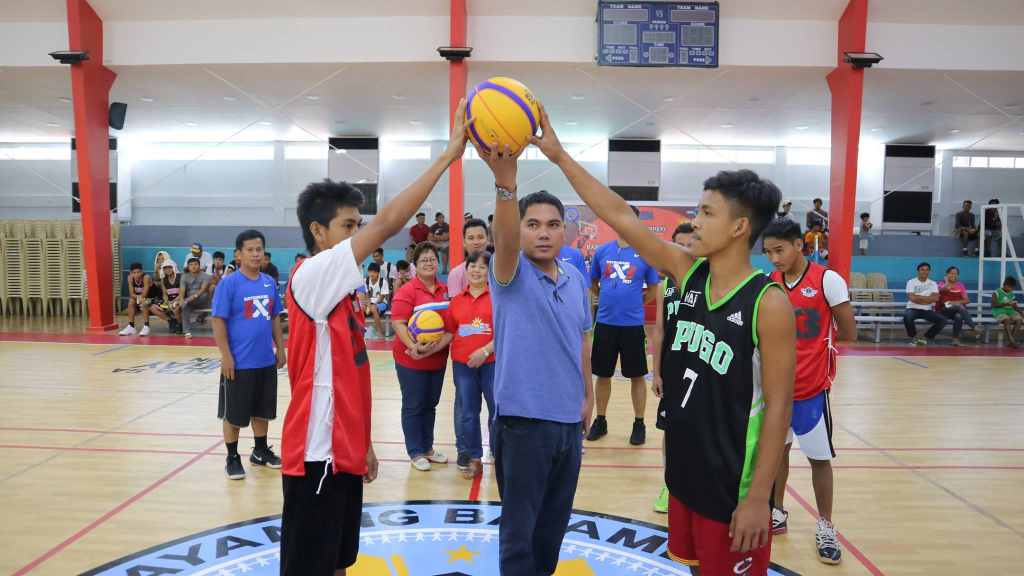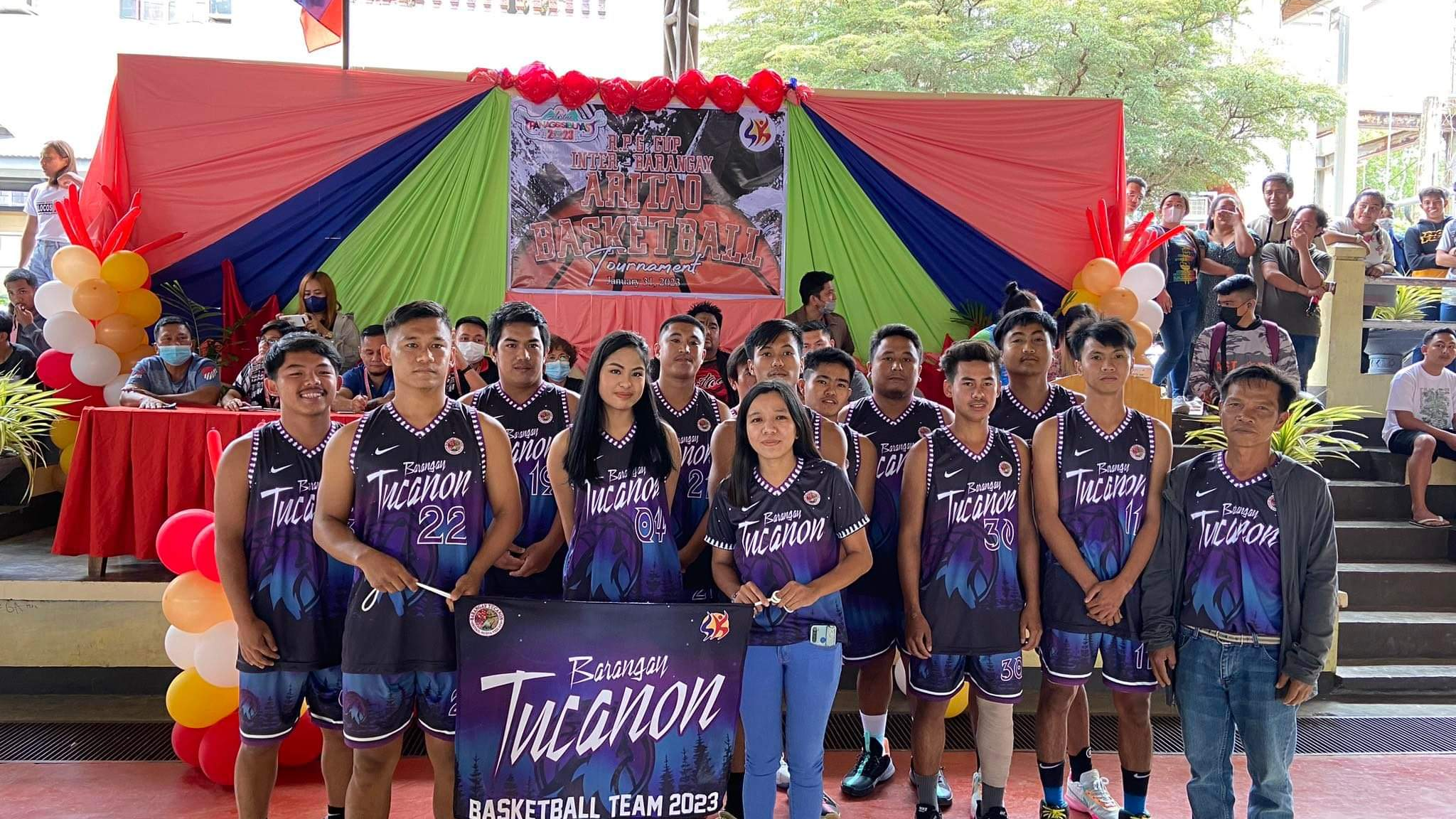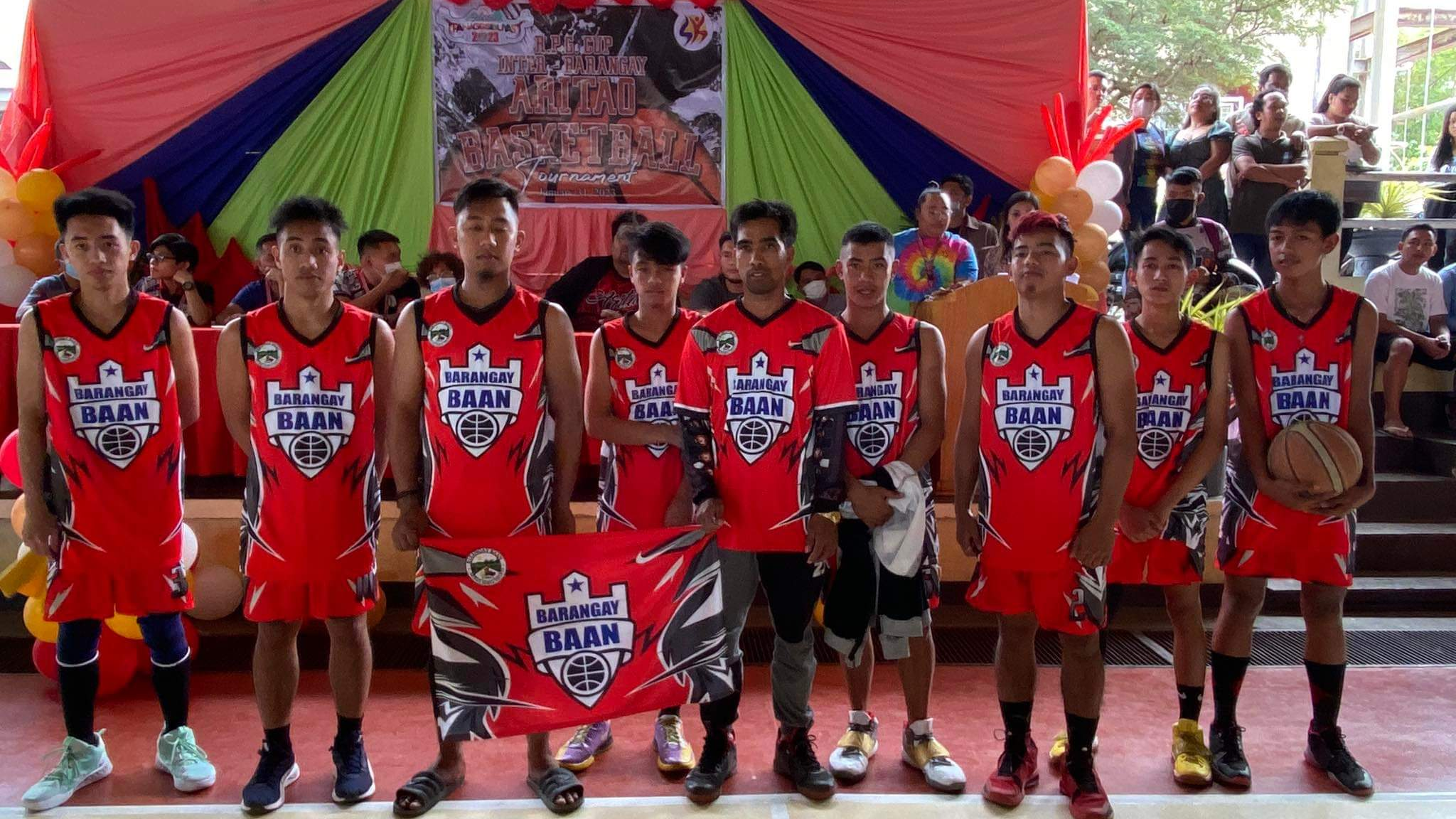In the Philippines, barangay basketball isn’t just a game — it’s a way of life. It thrives not only in professional arenas but more deeply and authentically in barangays — the grassroots level of Filipino society. From makeshift hoops tied to coconut trees to cement courts in the heart of crowded neighborhoods, barangay basketball is where passion meets culture.
These humble courts, often with cracked concrete and rusty rims, are more than playgrounds. They are community centers, training grounds, battlegrounds, and safe havens. They shape not just athletes but values, friendships, and dreams.
Table of Contents
What Is Barangay Basketball?
“Barangay” refers to the smallest administrative division in the Philippines, similar to a village or district. Barangay basketball is the informal, often unregulated version of the sport played within these local communities. It happens in public spaces — plazas, school yards, open parking lots, and especially local courts funded by barangay officials.
Every Filipino child learns how to dribble, pass, and shoot in these courts, long before they ever watch a full PBA game. No tickets, no uniforms, just pure heart.

Courts Built by the People, for the People
Some barangays have government-funded basketball courts, complete with covered roofing, floodlights, and bleachers. But many others have to be resourceful:
- Hoops are made from bicycle rims or scrap wood
- Courts are drawn with chalk or paint
- Fences and walls act as makeshift backboards
Despite their simplicity, these courts are central to daily life. They’re where kids play before school, adults unwind after work, and neighbors gather for weekend leagues or fiestas.
Training Ground of Filipino Legends
Many of the Philippines’ top basketball players started on barangay courts:
- June Mar Fajardo learned to play barefoot on sand courts in Cebu.
- Japeth Aguilar was first spotted in local leagues before going pro.
- Scottie Thompson honed his playmaking skills in GenSan’s street courts.
Barangay tournaments — often called “liga” or inter-barangay games — are highly competitive. They serve as scouting grounds for schools, universities, and semi-pro teams. For talented young players, these courts can be a ticket out of poverty.
Basketball as Community Celebration
Barangay basketball isn’t just for athletes — it’s for everyone. During summer or town fiestas, courts are buzzing with:
- Inter-family or inter-street competitions
- 3-on-3 youth tournaments
- Women’s and senior citizen games
- Late-night “lampas oras” matches with betting and food stalls
These events draw massive crowds. Vendors set up shop. Barangay officials make speeches. Elders place friendly wagers. It’s a full-blown festival atmosphere — with basketball at the center.

A Tool for Unity and Peace
In places often plagued by poverty or social tensions, basketball serves as a peaceful outlet:
- It keeps youth away from drugs and crime
- It bridges rivalries between neighborhoods
- It encourages teamwork, respect, and discipline
Barangay officials and local police sometimes organize tournaments with the goal of rehabilitation or community building, proving that basketball is more than entertainment — it’s social work on a court.
READ HERE ABOUT: PBA Legacy: The Greatest Moments in Philippine Basketball History
Modern Evolution: From Barangay to Broadcast
With the rise of social media and mobile phones, barangay basketball games are now being streamed, recorded, and shared. Local heroes go viral for:
- Incredible buzzer-beaters
- Flamboyant crossovers
- Unbelievable athleticism
Some barangays now host their own live commentary, scoreboards, and even have sponsors from local businesses. What used to be a simple street game is now miniature entertainment content that showcases Filipino creativity and competitiveness.

Not Without Challenges
Despite its cultural importance, barangay basketball also faces challenges:
- Lack of funding: Many courts are unsafe or deteriorating
- Limited opportunities: Talented players often don’t get noticed
- Noise and crowd complaints: In urban areas, games can disturb nearby residents
- Gambling and rowdy behavior: Betting sometimes causes fights or tension
Local governments and organizations are working to formalize leagues, improve facilities, and provide mentorship to ensure the game uplifts, not divides, communities.
The Future of Barangay Basketball
With ongoing support from the private sector, LGUs (local government units), and sports NGOs, the future of barangay basketball looks bright. Some initiatives include:
- Grassroots training programs
- Mobile basketball clinics
- Court renovation projects
- Barangay-based scholarships and sports grants
What’s exciting is that barangay basketball is not being replaced by technology — it’s being enhanced by it. Players now learn moves from YouTube, submit highlights online, and connect with coaches from all over the country.
Conclusion: A Nation Built on Asphalt Dreams
Barangay basketball is the beating heart of Philippine basketball culture. It doesn’t care if you have fancy shoes or a proper uniform. All it asks is that you show up, play with heart, and respect the game.
In every dribble and layup, there’s a story — of hope, survival, friendship, and ambition. Barangay courts are where Filipinos find joy, test limits, and dream big. They are where future champions are born, and more importantly, where communities are strengthened — one game at a time.
Because in the Philippines, basketball isn’t just played — it’s lived.

